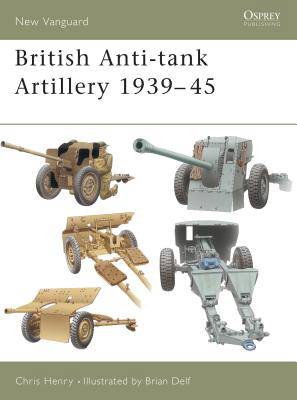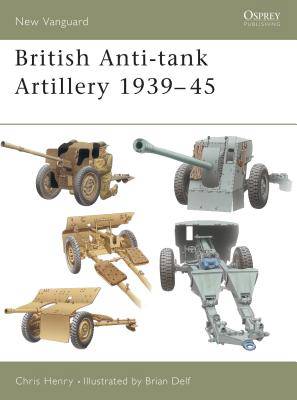
Je cadeautjes zeker op tijd in huis hebben voor de feestdagen? Kom langs in onze winkels en vind het perfecte geschenk!
- Afhalen na 1 uur in een winkel met voorraad
- Gratis thuislevering in België vanaf € 30
- Ruim aanbod met 7 miljoen producten
Je cadeautjes zeker op tijd in huis hebben voor de feestdagen? Kom langs in onze winkels en vind het perfecte geschenk!
- Afhalen na 1 uur in een winkel met voorraad
- Gratis thuislevering in België vanaf € 30
- Ruim aanbod met 7 miljoen producten
Zoeken
€ 19,45
+ 38 punten
Omschrijving
The rapid development of the tank as an offensive weapon following its introduction in World War I gave artillery theorists cause for concern during the 1920s and 1930s. By the beginning of World War II anti-tank guns had been developed, initially at around 37mm and 2 pounds in weight of shot. By the end of the war, monster anti-tank weapons were being developed, able to penetrate an armour thickness of up to 200mm at a range of 1,000 yards. This book explores the British efforts to keep up in a war of development, which saw heavier and more powerful guns eventually replaced by experimental ideas in an attempt to stop the German onslaught.
Specificaties
Betrokkenen
- Auteur(s):
- Illustrator(s):
- Uitgeverij:
Inhoud
- Aantal bladzijden:
- 48
- Taal:
- Engels
- Reeks:
- Reeksnummer:
- nr. 98
Eigenschappen
- Productcode (EAN):
- 9781841766386
- Verschijningsdatum:
- 23/09/2004
- Uitvoering:
- Paperback
- Formaat:
- Trade paperback (VS)
- Afmetingen:
- 185 mm x 248 mm
- Gewicht:
- 181 g

Alleen bij Standaard Boekhandel
+ 38 punten op je klantenkaart van Standaard Boekhandel
Beoordelingen
We publiceren alleen reviews die voldoen aan de voorwaarden voor reviews. Bekijk onze voorwaarden voor reviews.









